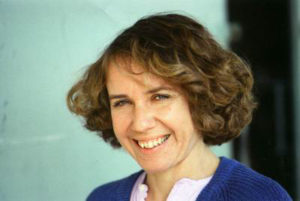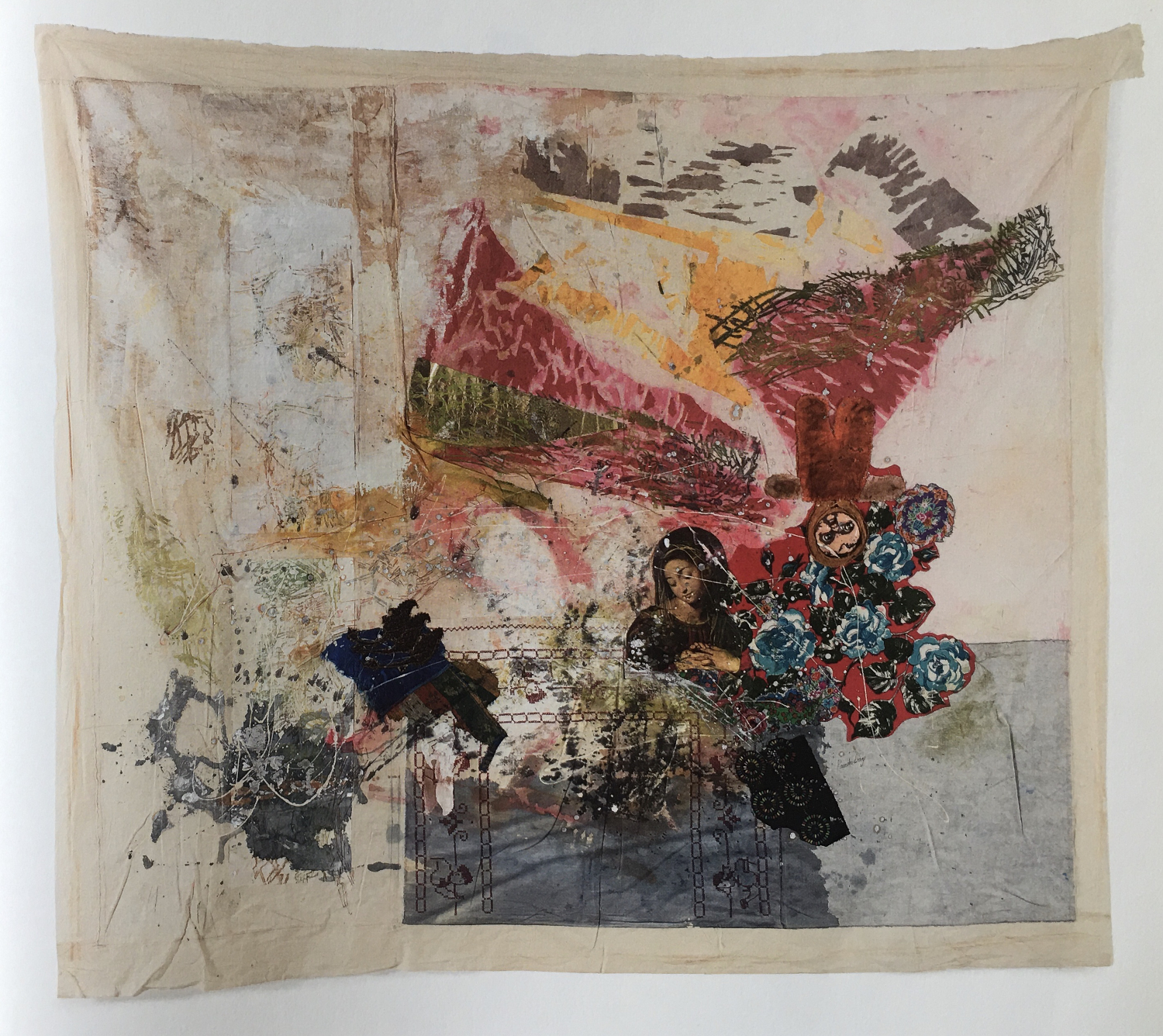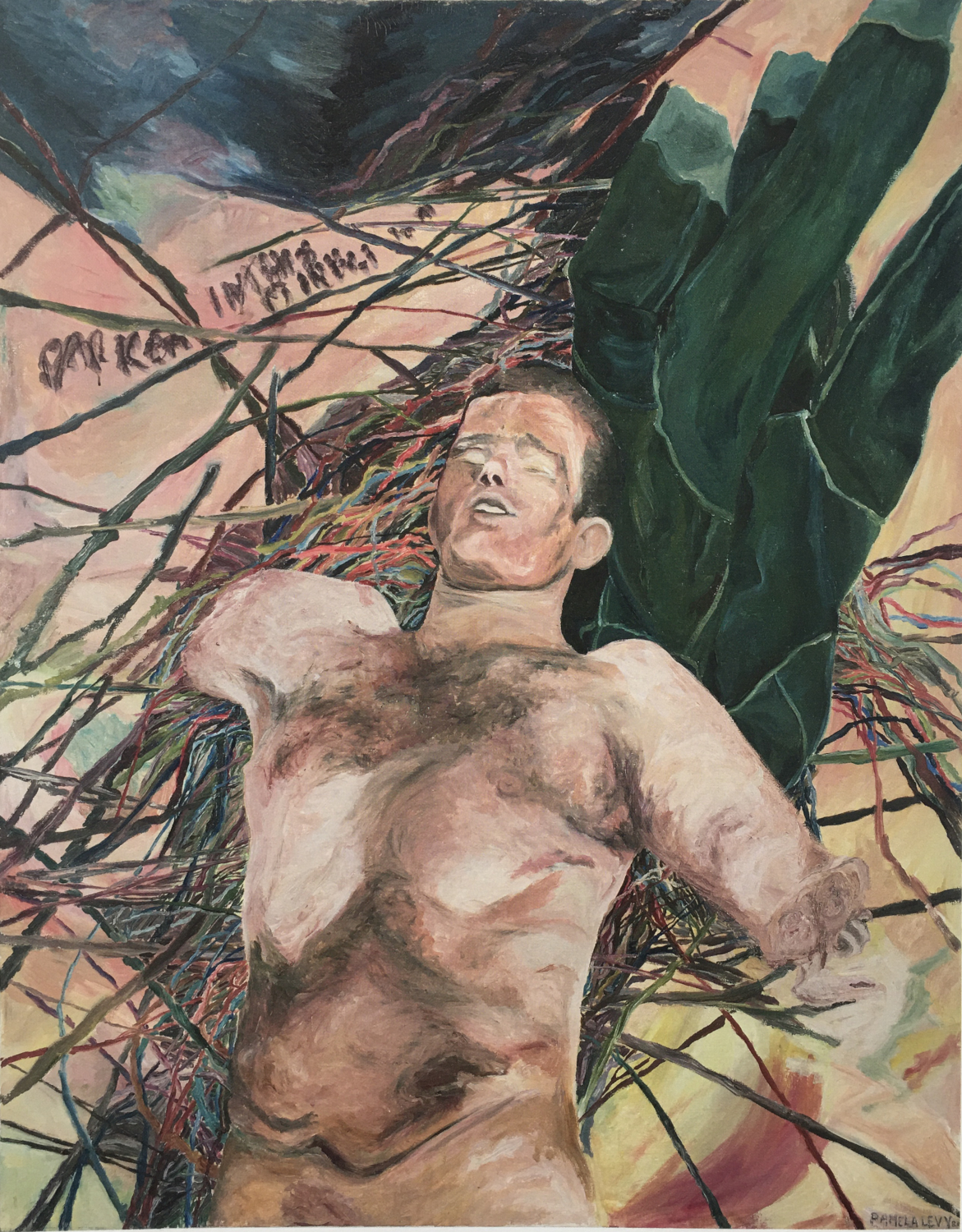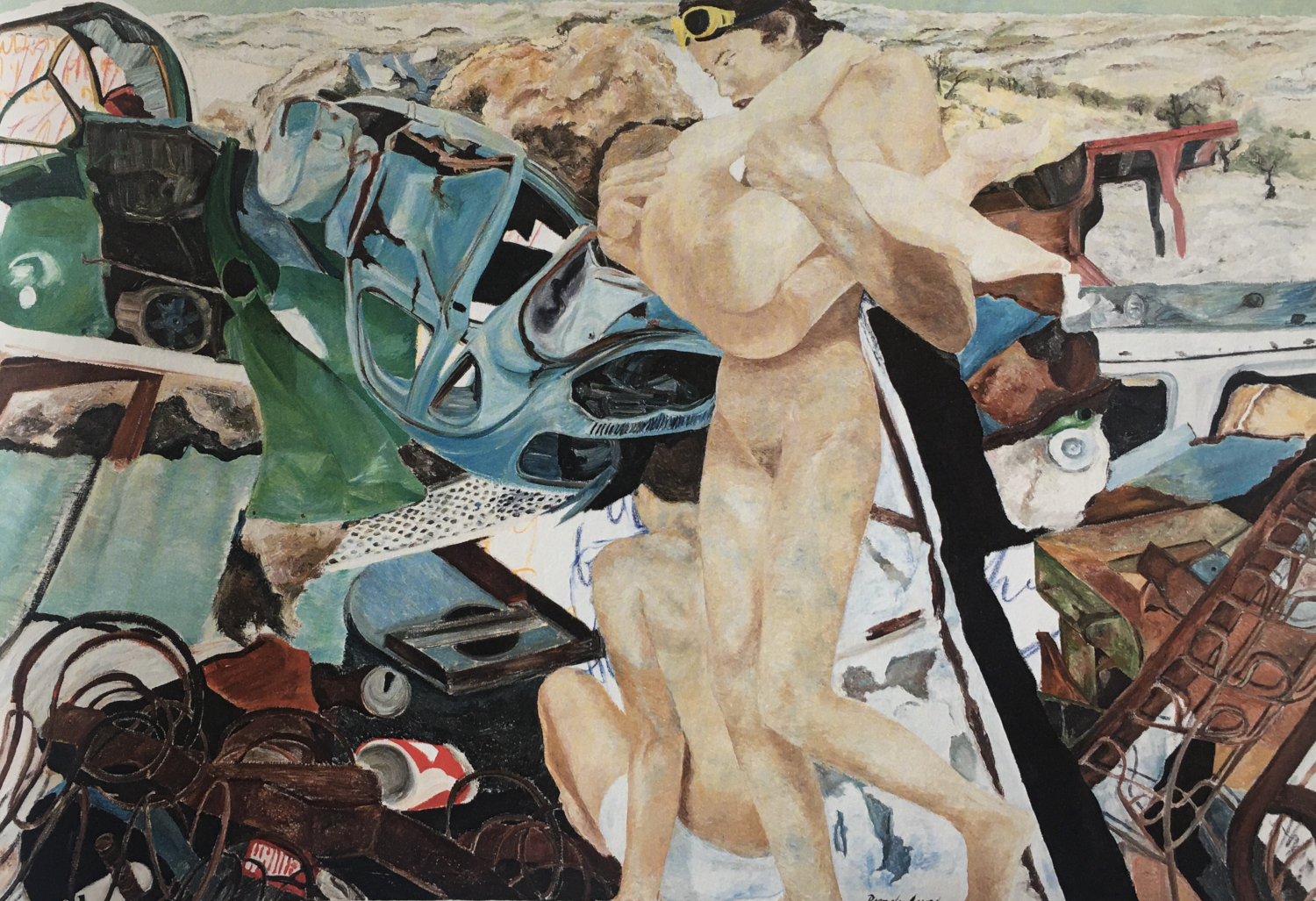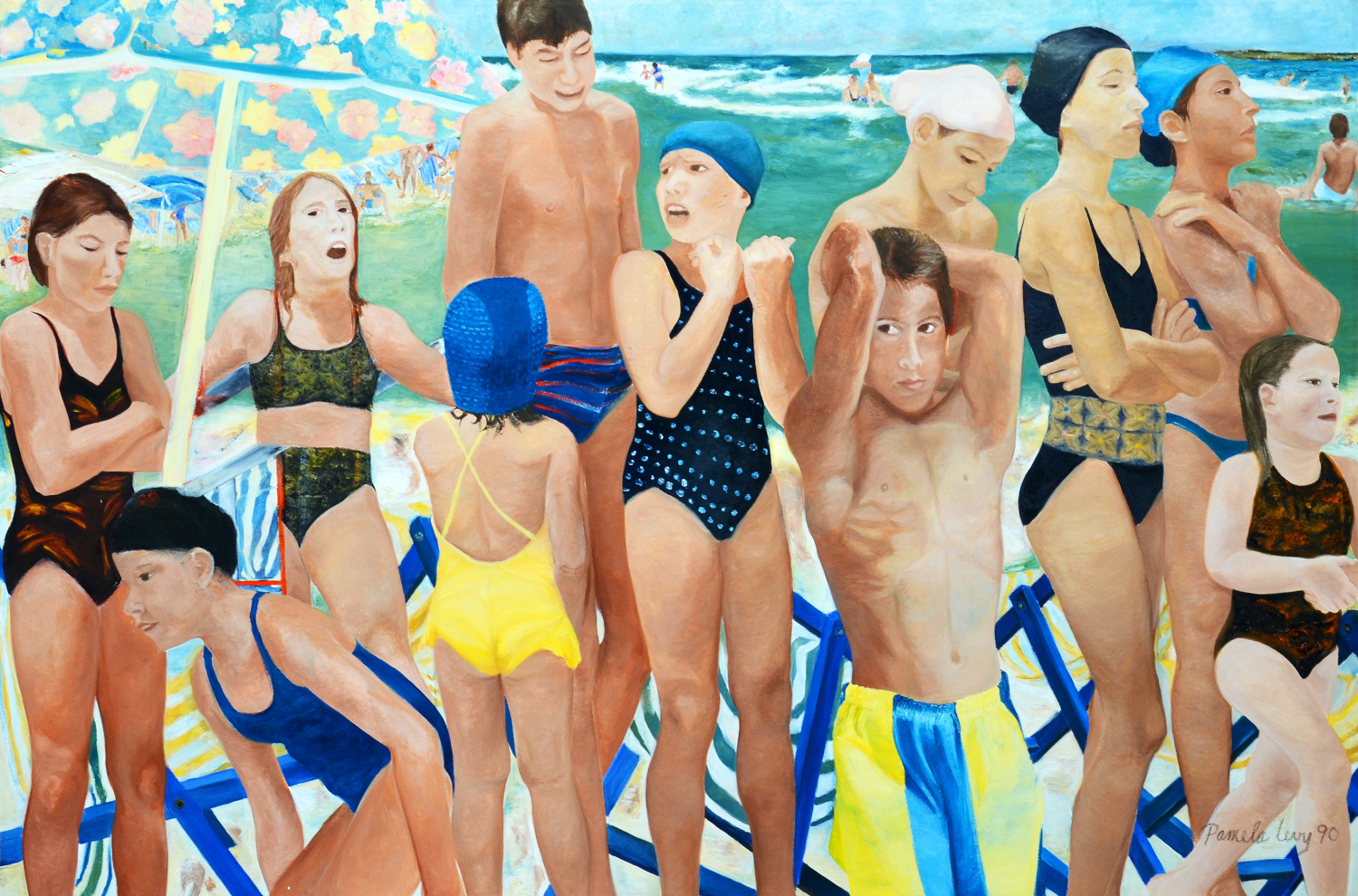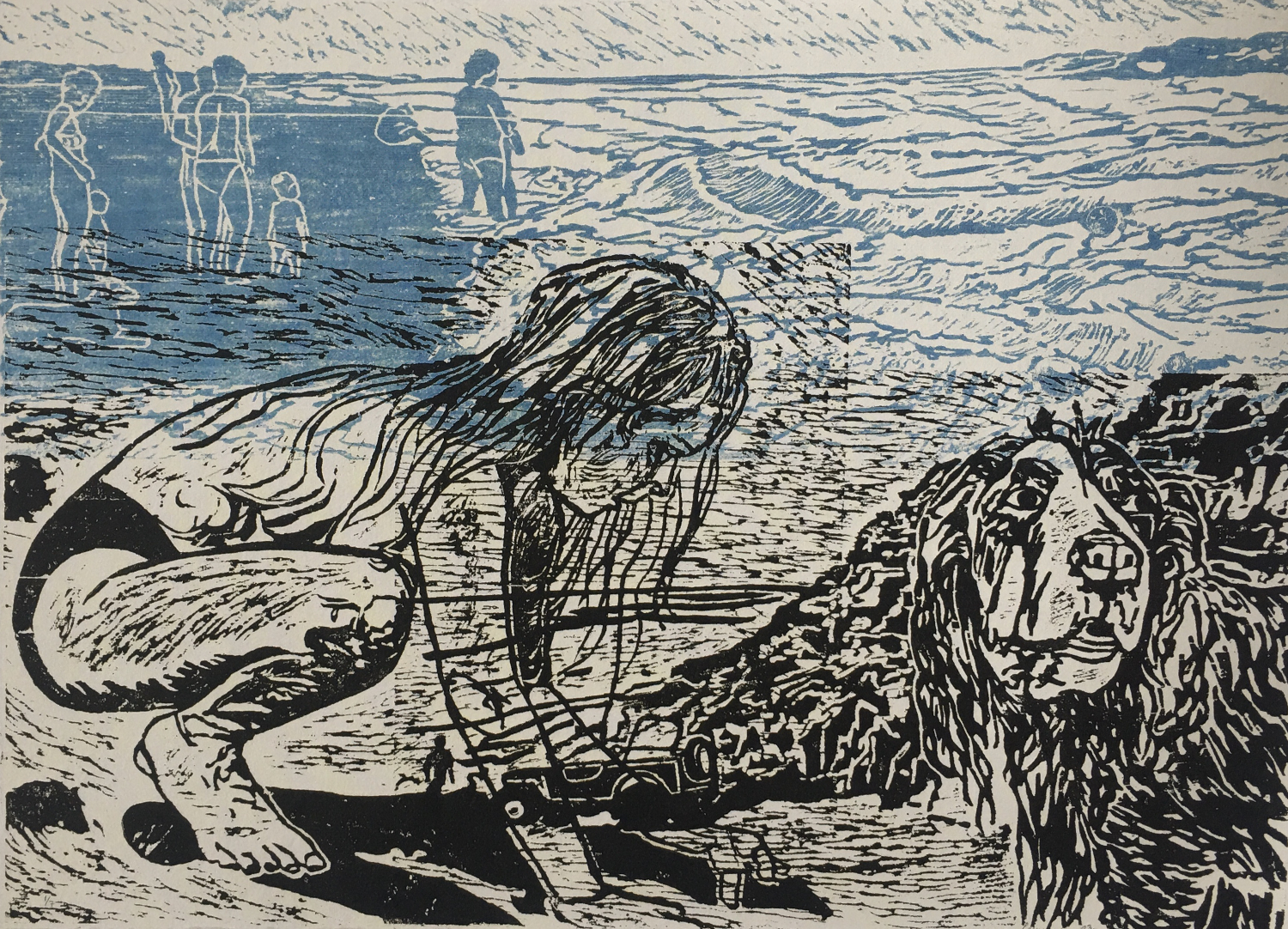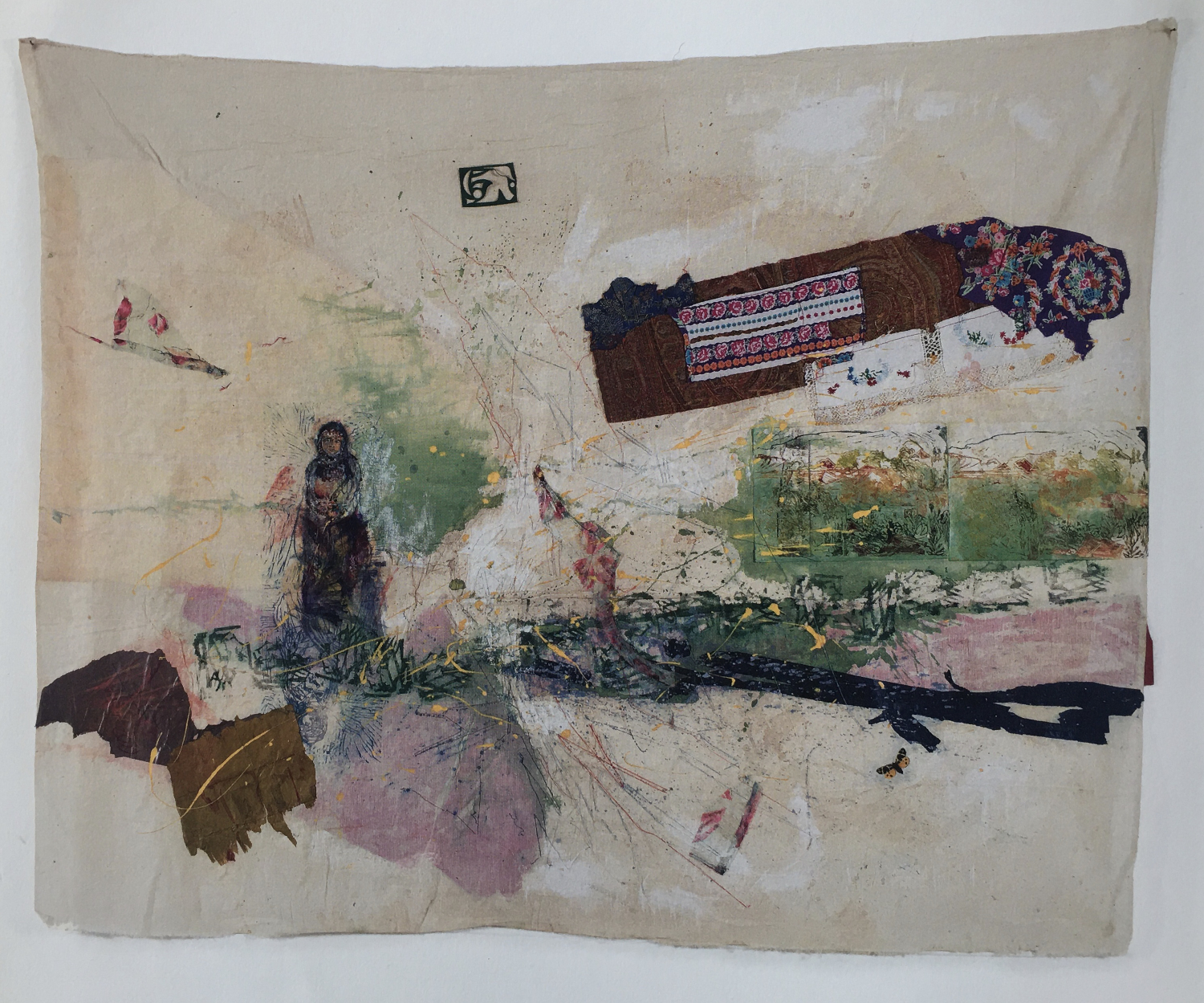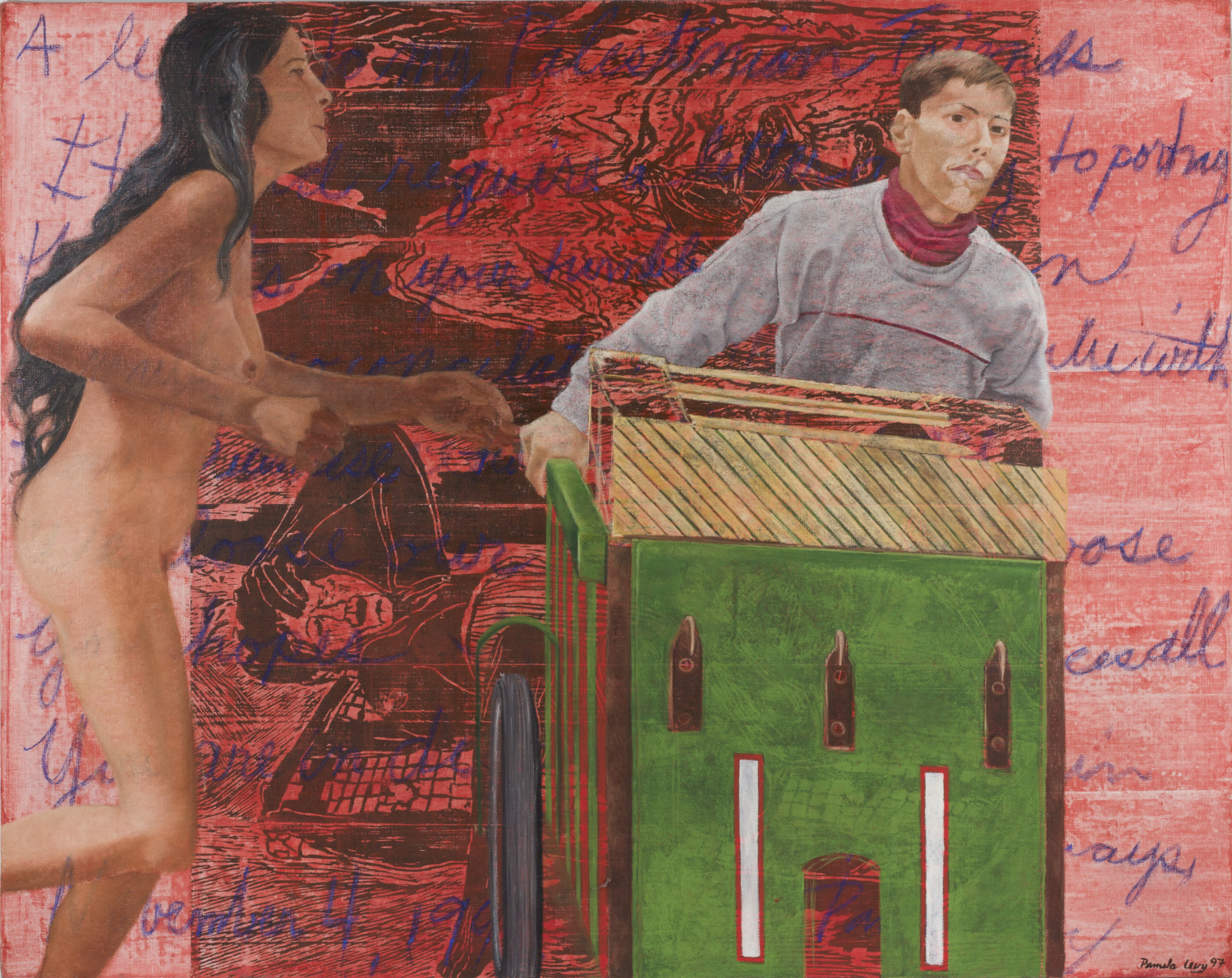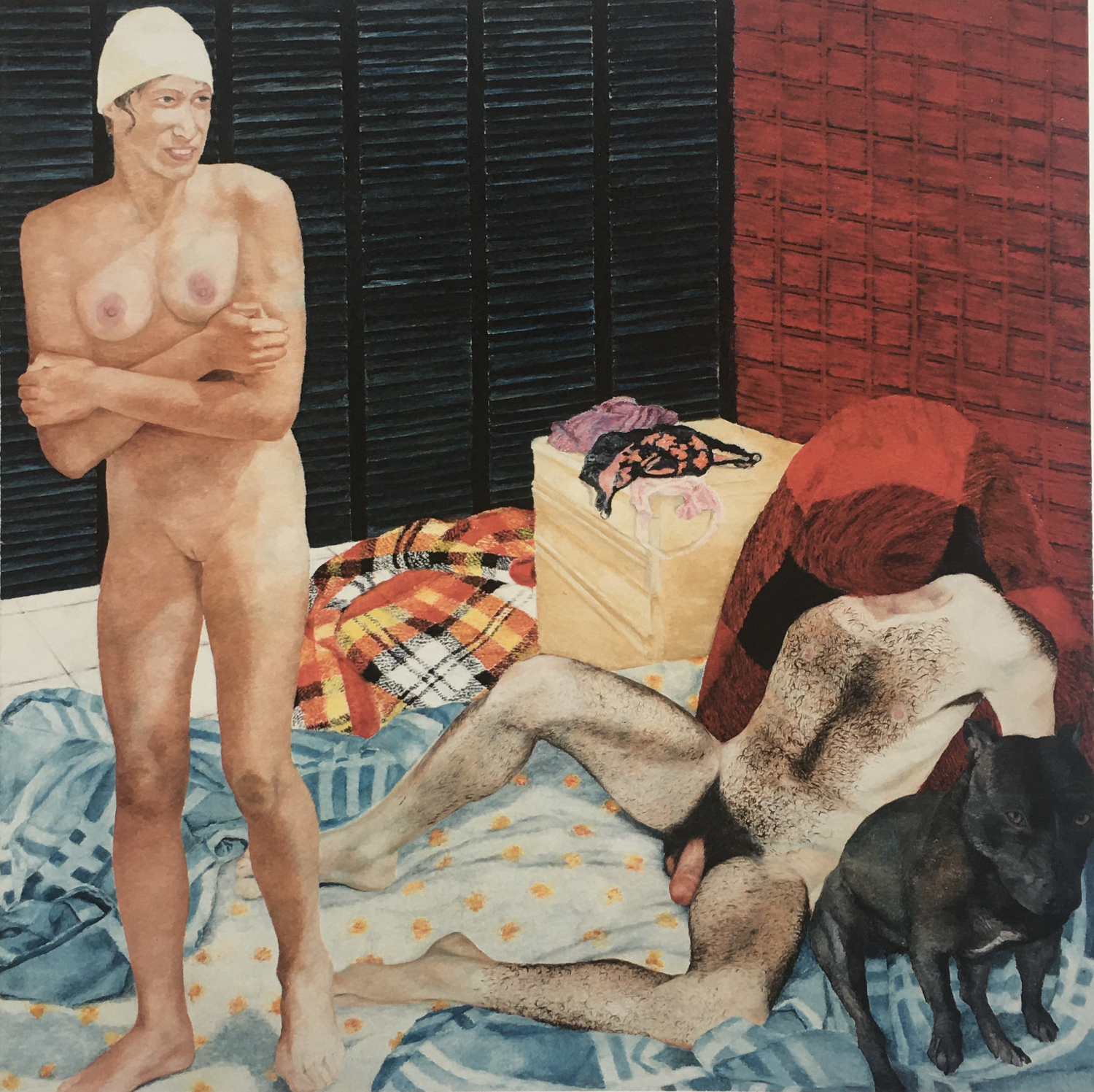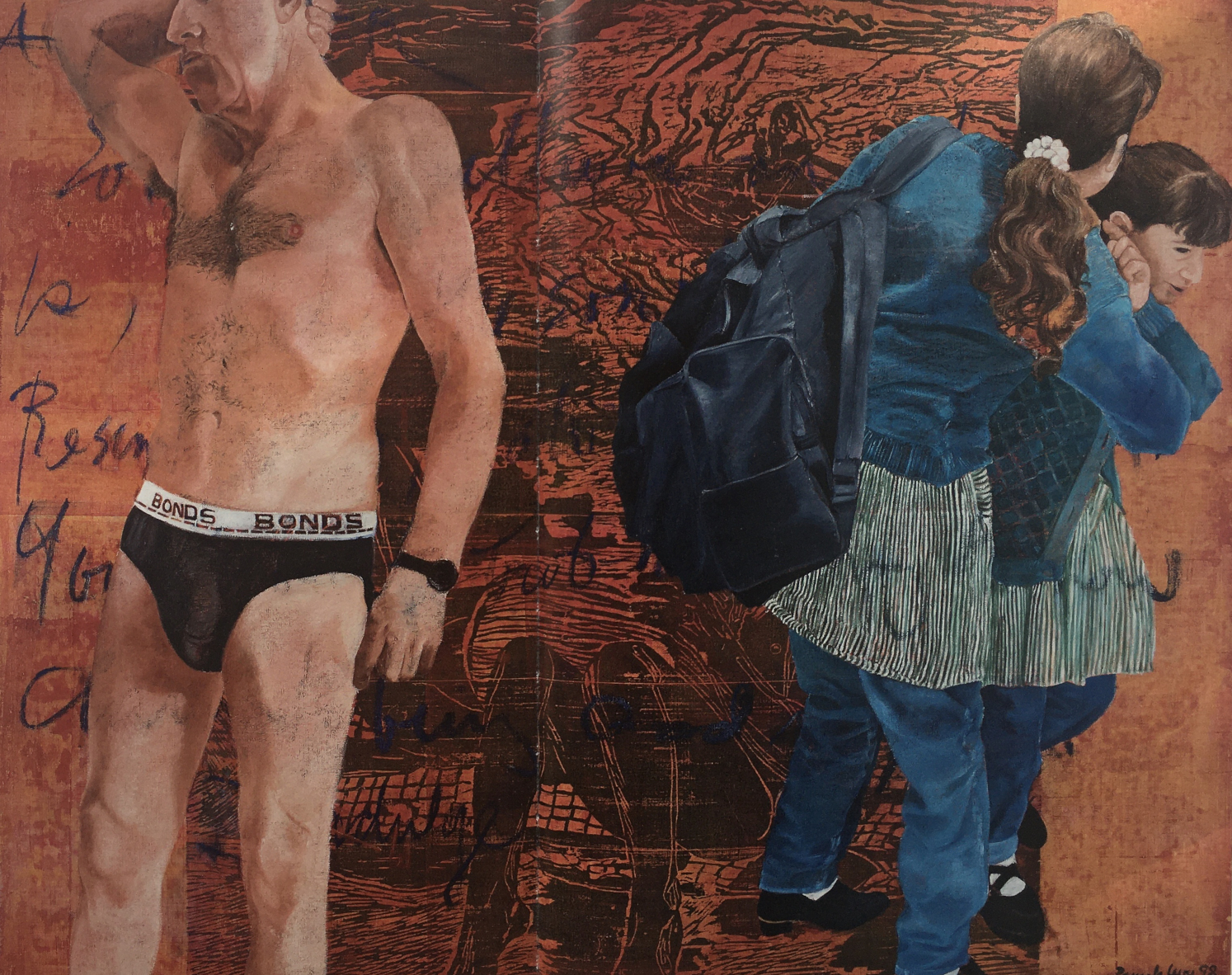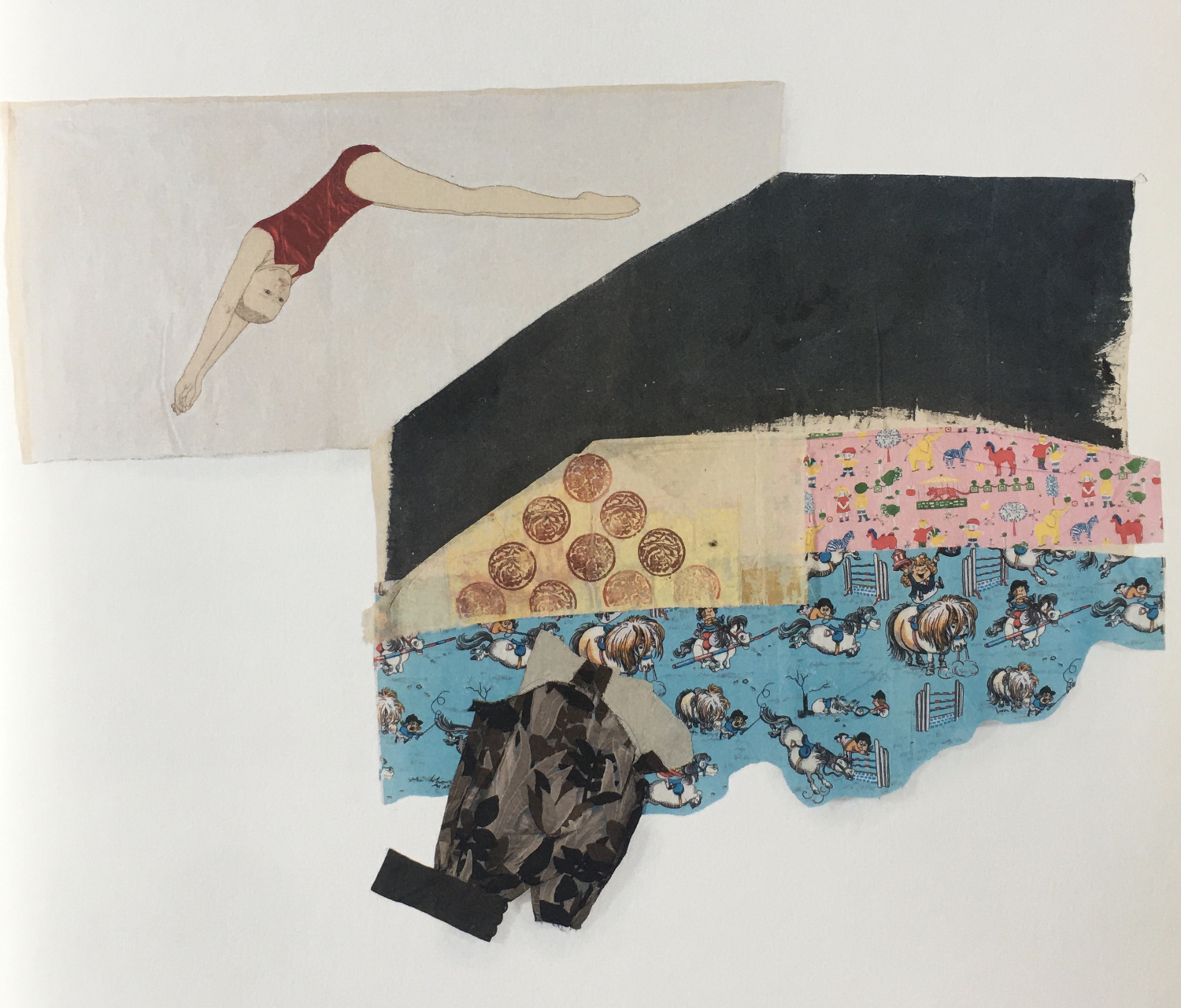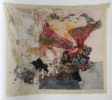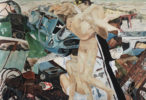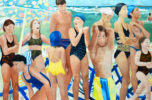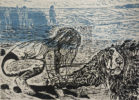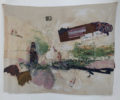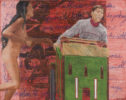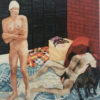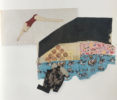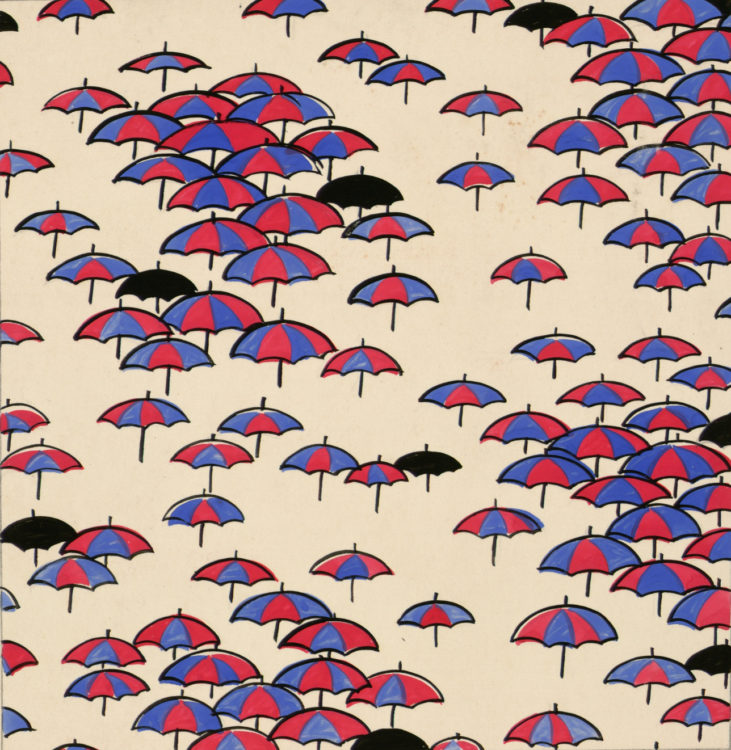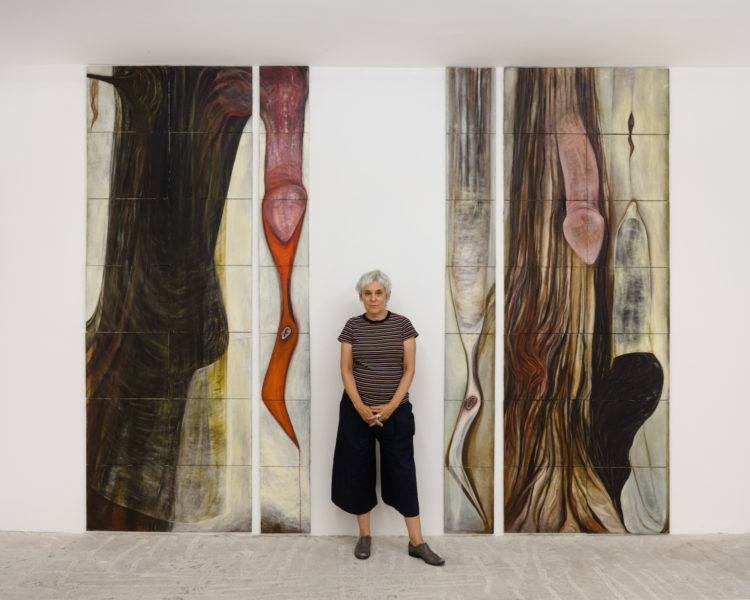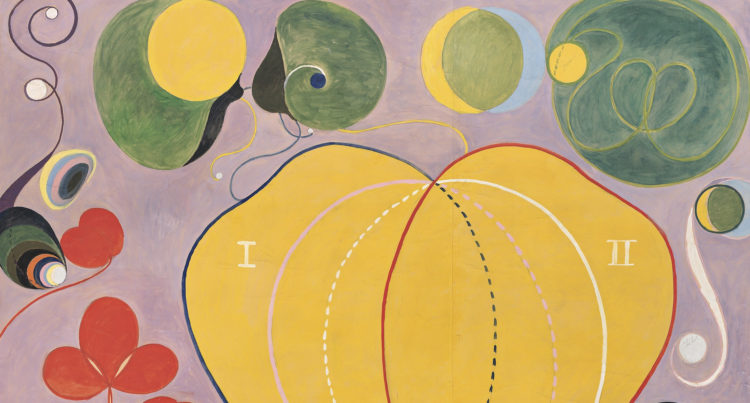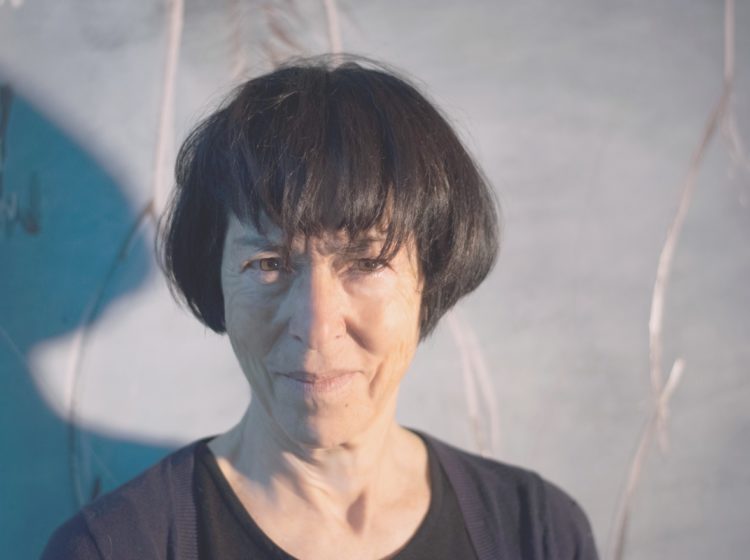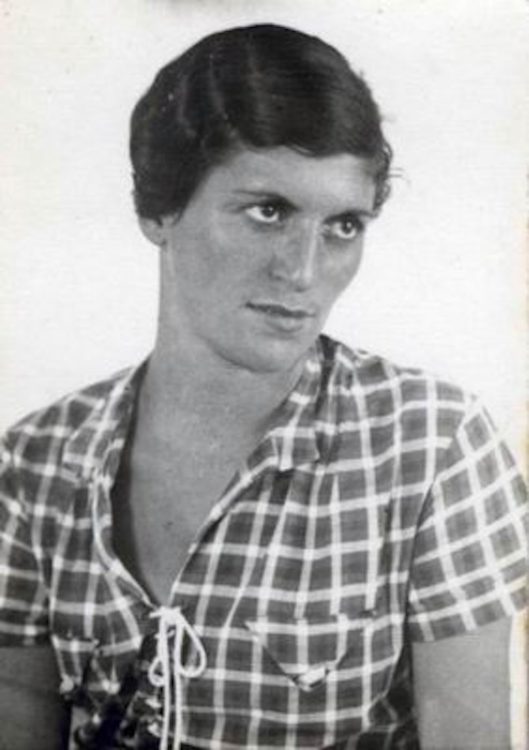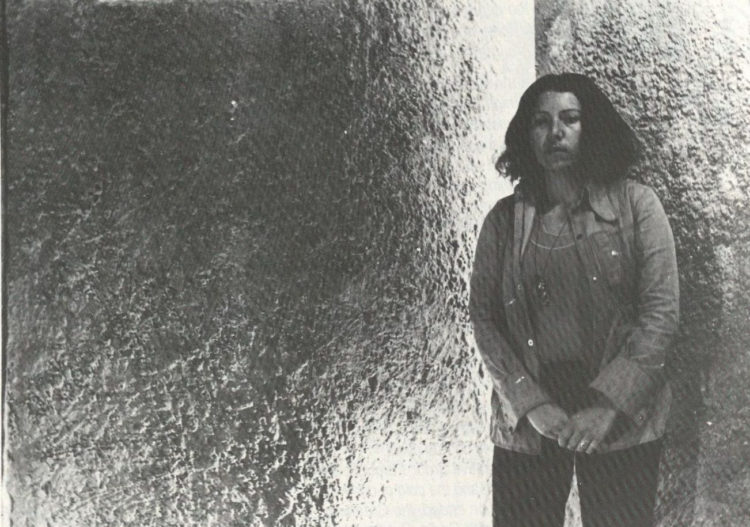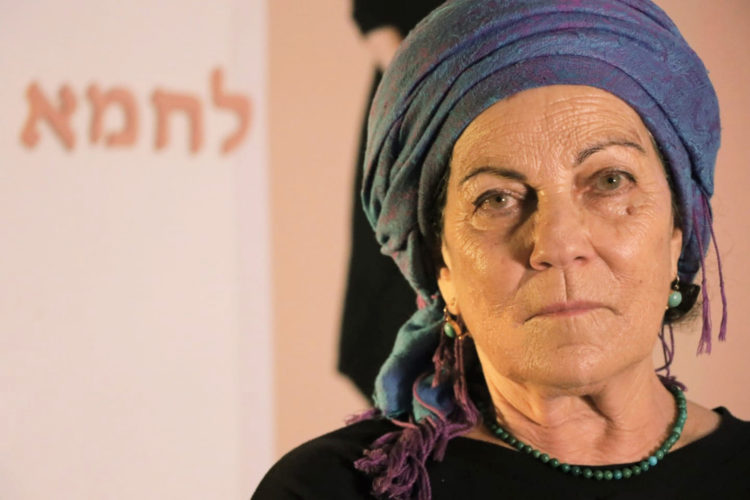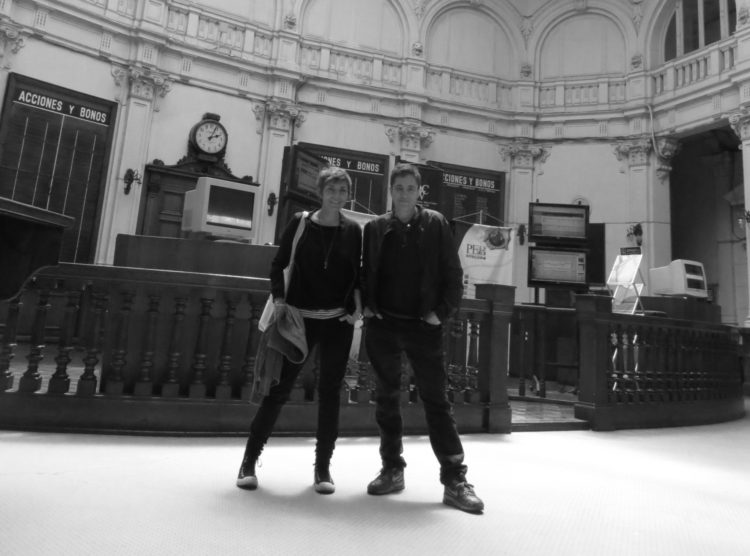Pamela Levy
Ginton, Ellen and Itamar Levy (eds.), Pamela Levy: 1949-2004, exh. cat., Tel Aviv Museum of Art, Tel Aviv (December 8, 2017–April 4, 2018), Tel Aviv, Tel Aviv Museum of Art, 2017
→Dekel, Tal, “Rediscovering Feminism in Israeli Art: New Aspects of Pamela Levy’s Early Work,” Hagar: Studies in Culture, Polity and Identities, vol. 7, no. 2, 2007, p. 129-154
→
Ginton, Ellen (ed.), Pamela Levy, Paintings 1983-1994, exh. cat., Tel Aviv Museum of Art, Tel Aviv, (August 11–October 20, 1994), Tel Aviv, Tel Aviv Museum of Art, 1994
Pamela Levy: 1949-2004, Tel Aviv Museum of Art, Tel Aviv, December 8, 2017–April 4, 2018
→Pamela Levy: Another Lolita, Galerie Zörnig + Monck, Hannover, September 1, 1995–October 6, 1995
→Pamela Levy: Paintings 1983-1994, Tel Aviv Museum of Art, Tel Aviv, August 11–October 20, 1994
Israeli textile artist and painter.
Pamela Levy lived and worked in Jerusalem following her immigration to Israel in 1976. She identified with radical feminist thought and her artworks focus on female figures and gendered power relations. P. Levy studied art, photography and wood engraving at a public university in Iowa during the second half of the 1960s. The major social revolutions that marked that decade, such as the women’s liberation movement and the rise of second-wave feminism had a profound impact on P. Levy’s work.
Alongside the significant influence of contemporary political movements on her world view, a major artistic influence on her work was the Proto-Pop artist Robert Rauschenberg (1925-2008). After her graduation, P. Levy joined an artist commune in Santa-Fe, where she was influenced by artists such as Miriam Schapiro (1923-2015), one of the leading artists in the feminist Pattern and Decoration Movement that combined “low” and “high” materials in their work.
After P. Levy’s move to Israel, following her Israeli partner, she created textile collages. Hagar (1978-1979), for example, combines drawings, woodcuts, pieces of cloths and paper that are glued or sewn on different and diverse fabrics. According to art historian Tal Dekel, these works reflect P. Levy’s multi-layered identity, components that unfold narratives of nationality, religion, ethnicity and gender, and deal with issues such as migration and belonging. These issues are expressed through minor biblical figures as well as other marginal feminine figures, such as Arab women. Her textile collages were pioneering because they present not only her inner self but also the rifts of the Israeli society, between different social groups in the country, and depict the local social power relations imbued with overt and covert violence.
P. Levy’s transition from textile collages to figurative painting was a dramatic one, but a methodical and conceptual link between the two mediums is clear. Levy opted for the traditional medium of oil paints, usually identified with centuries of male painting, but the collagist syntax, as well as the female themes and the constant depiction of gendered power relations, were signs of her strong and unique feminist stance. Her oil paintings are a sort of collages; they are in fact based on photographed scenes that she took extracts from and displaced into new locations and context. This technique produces a seemingly naturalistic character, but in fact the paintings maintain a fragmented synergistic existence.
P. Levy’s paintings reflect complex point of views, which offer a critical perspective on the Israeli existence. Two well-known examples are Jerusalem Hills with Dead Soldier (1983), one of series of paintings in which images of dead soldiers in uniform are depicted laying on the ground, and the painting of the biblical myth of Lot and His Daughters (1994), which suggests sexual violence and oppression of women.
Although controversial in her early days as an Israeli artist, Pamela Levy became one of the most important feminist artists in Israel, bringing forward gender issues that were rarely dealt with during the 1970s and 1980s in the country. She was the recipient of several awards such as the Guggenheim Fellowship in 1980.
A notice produced as part of the TEAM international academic network: Teaching, E-learning, Agency and Mentoring
© Archives of Women Artists, Research and Exhibitions, 2022



